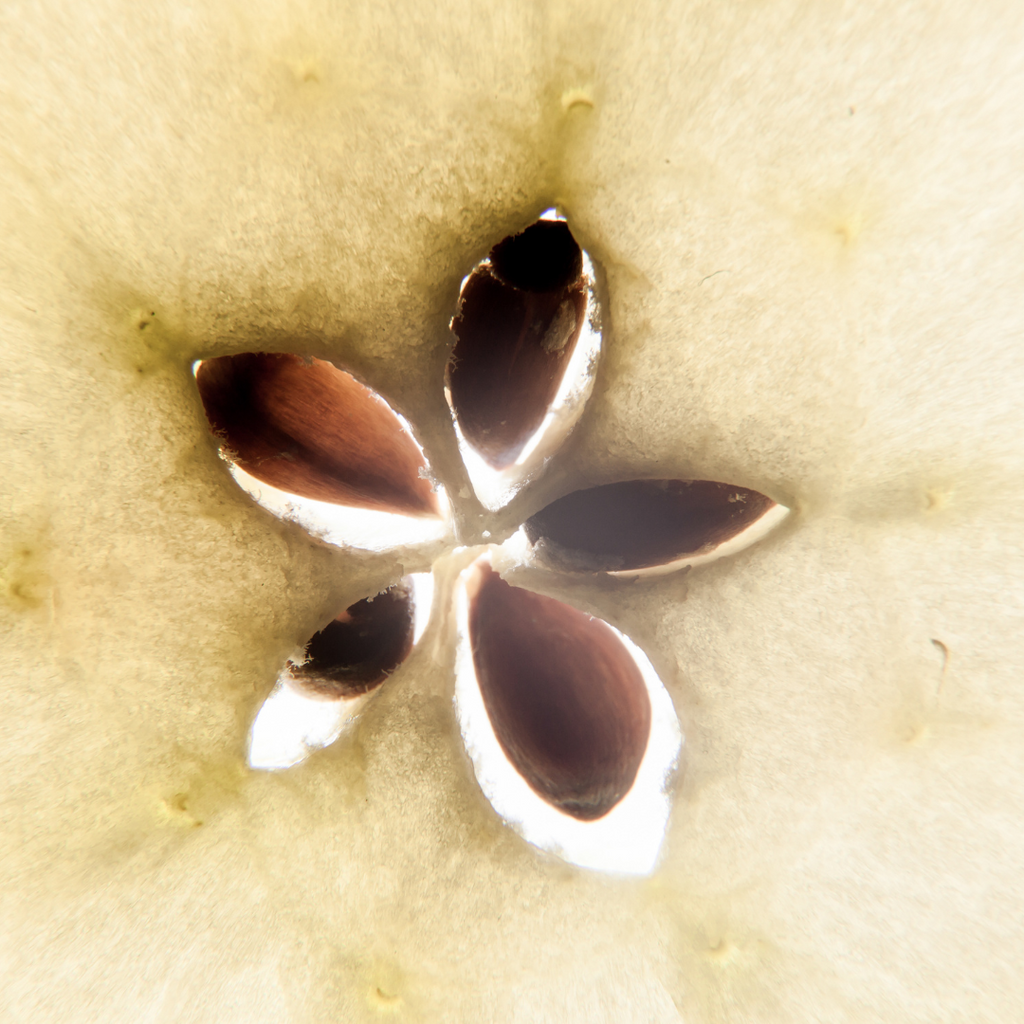Astaxanthin
Astaxanthin is a carotenoid (a type of plant pigment) found in very high levels in Haematococcus pluvialis (H.pluvialis), a microalgae with a bright red colour. Astaxanthin is responsible for the pinky-red colouring of sea foods and marine life, including shrimp, lobster, salmon and flamingos, that feast upon it. Astaxanthin is produced by H.Pluvialis algae in response to environmental stressors such as intense sunlight, high temperatures, lack of nutrients and excessive salt levels, in order to protect their delicate structures from damage.
Biological significance and mechanism of action
Astaxanthin’s superior benefits are due mainly to its unique chemical structure. Unlike some other molecules that sit either inside or outside the cell membrane, astaxanthin spans the entire membrane and so is able to carry out its functions not only inside and outside cells, but also within the lipid bilayer of the cell membrane. It can attach to as many as 19 molecules at once to carry out its functions.
Interest in astaxanthin in the scientific community is growing and studies into its role in helping maintain the function of various body systems and organs are increasing by the day.
Sources of the nutrient
While regularly consuming pink seafood is a wonderful idea, to top up your astaxanthin as well as your omega-3 and protein levels, there are now numerous supplements popping up for those wishing to harness the power of astaxanthin on a more consistent basis. For example, to achieve a daily intake of 4mg, you would need to consume the equivalent of 1.25 portions of wild sockeye salmon, 6.7 portions of wild pink salmon or 1.9 portions of farmed rainbow trout every day, which for most of us is unrealistic.
Something that we also need to bear in mind when considering farmed fish and seafood as an astaxanthin source is that the majority are fed synthetic astaxanthin derived from petrochemicals which give them a characteristic pink-red colour but do not provide the same biological benefits.
Source
Salmon
Krill
Arctic Shrimp(Pandalus borealis)
Phaffia (Red) Yeast
(Xanthophyllomyces dendrorhous)
Haematococcus pluvialis algae
Astaxanthin concentration (parts per million)
5
120
10,000
Choosing a supplement
Natural versus synthetic astaxanthin
There are three distinct differences between natural and synthetic astaxanthin that affect how it functions in the body:
- Natural astaxanthin is attached to a stabilising lipid molecule at each end of its structure, whereas synthetic is not. This helps to anchor it into the lipid-rich cell membranes, helping to stabilise the cell as well as provide its unique transmembrane activity.
- Astaxanthin occurs in 3 chemical forms, known as [3S,3′S], [3R,3′R] and [3R,3′S] , but it is only the [3S,3′S] that confers astaxanthin’s unique benefits. Since 75% of synthetic astaxanthin are the other two forms, whilst 100% of natural astaxanthin is [3S,3′S], natural comes out on top for biological activity.
- Finally, unlike synthetic astaxanthin, natural astaxanthin extract contains a number of other carotenoids including lutein, zeaxanthin and beta-carotene, which offer further benefits.
It is estimated that, due to these differences, 20–30 times the amount of the synthetic form would need to be consumed to come anywhere close to the same biological action of the natural form.
Astapure® astaxanthin
Astapure® astaxanthin is an extremely pure, environmentally friendly source of 100% natural astaxanthin.
While most H. Pluvialis algae is grown in vast open-pond systems requiring lots of land, Astapure® is grown in a ‘space saving’, closed system. Closed systems offer a number of other advantages over open ponds, including better control of the growing environment, protection from contamination with environmental pollutants and very high algae yields. In addition, Astapure H. pluvialis microalgae are cultivated via an eco-friendly ‘green’ technology that results in the highest quality, concentration and purity of the final ingredient. H. pluvialis are subjected to carefully controlled environmental stressors, causing them to ‘hyper-accumulate’ astaxanthin and turn from green to red. After harvesting, Astapure extract is obtained by supercritical CO2 extraction, a gentle, solvent-free process that yields the most concentrated astaxanthin oil on the market. Bulk astaxanthin oil contains at best 5 -10% active astaxanthin, therefore you would need at least 40mg of bulk oil to guarantee 4mg of active astaxanthin. Many companies only state the bulk oil on their labels which means you could be getting significantly less astaxanthin than you think; some offer as little as 0.6% active astaxanthin, with the remainder made up of other, ‘filler’ oils. Opt for an Astapure® astaxanthin product that clearly lists both the bulk oil and the active astaxanthin dose.
Getting the most from your astaxanthin supplement
Astaxanthin is taken up by the body through the same processes involved in the digestion and absorption of fats. During digestion in the upper intestine, astaxanthin is incorporated into ‘mixed micelles’ composed of phospholipids, lipids, cholesterol and bile salts. This allows easy absorption into the intestinal cells. The presence of dietary fat has been shown to increase astaxanthin absorption in the small intestine, meaning it’s preferable to take astaxanthin supplements alongside a meal containing fat (of which olive oil appears to be most effective). In addition, taking astaxanthin directly after consuming a fatty meal can further increase the absorption by as much as 2-fold, with a single capsule providing an impressive ~16 hours coverage before plasma levels begin to decline.
How much astaxanthin should I take?
Most studies investigating astaxanthin’s action in the body report findings from intakes of 4-12mg, with some showing that as little as 2mg can result in positive outcomes within a couple of weeks. In general, however, 4mg (the equivalent to 1.25 portions of wild sockeye salmon) of active astaxanthin appears to be best for daily intake, with up to 12mg daily for more intensive support.
Shop by nutrient > Astaxanthin to view the Igennus range of supplements.






